Christmas is a popular holiday celebrated by millions around the world. Over the centuries, the way it is observed has significantly evolved. Here, we'll compare Christmas celebrations of the past (let’s consider the Victorian era) to our modern-day festivities.
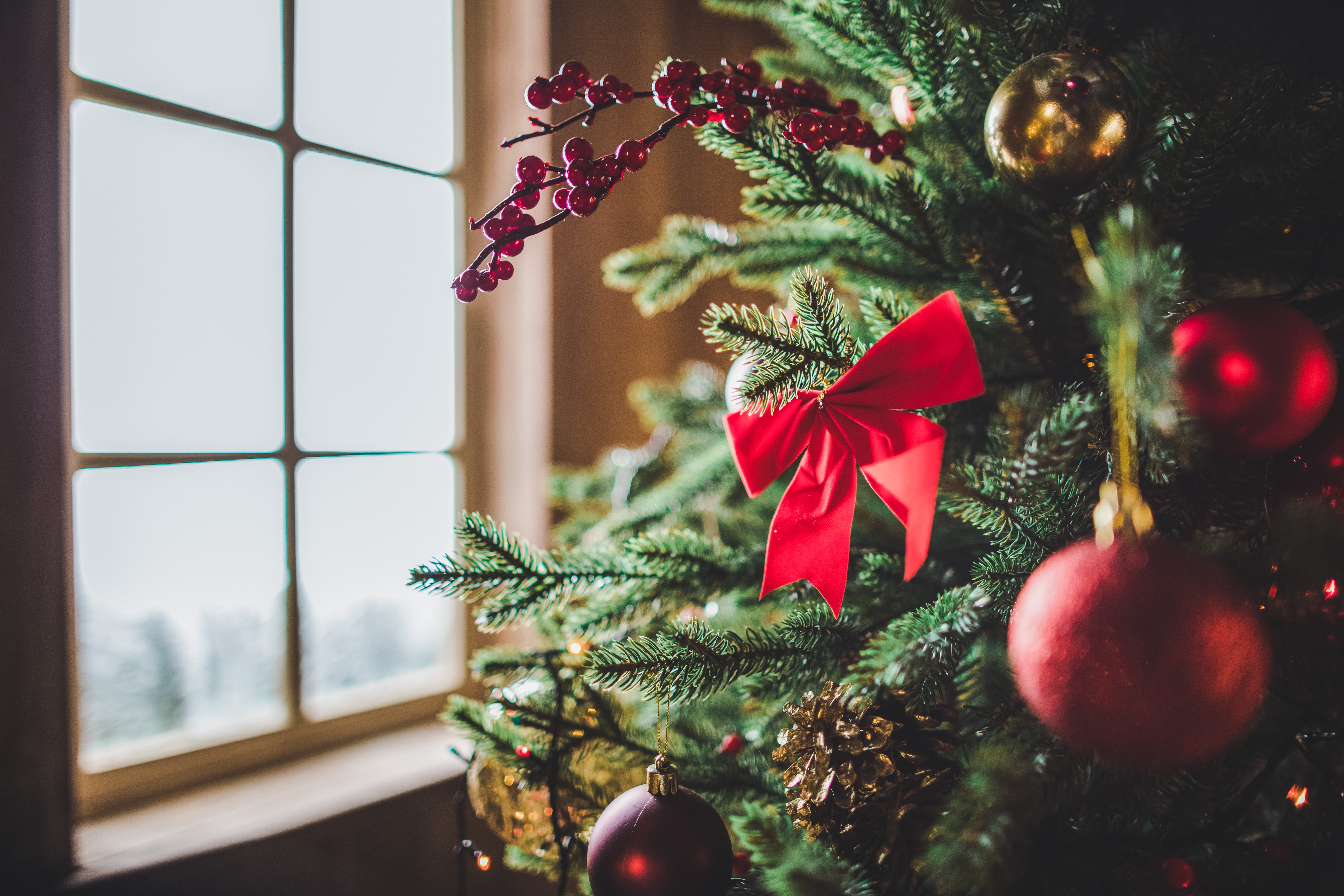
Disclaimer: this post may contain affiliate links, and every purchase made through these links will give me a small commission (at absolutely no extra cost for you!) AS AN AMAZON ASSOCIATE AND REWARDSTYLE MEMBER, I EARN FROM QUALIFYING PURCHASES. See Privacy Policy for additional info.
As we dive headfirst into the holiday season with our candy canes, twinkling lights, and perfectly wrapped presents, it's intriguing to reflect on how the nature of our Christmas celebrations has evolved over time.
Christmas is universally recognized as a time of joy and togetherness, offering us a much-needed respite from our daily hustles. Although the spirit of this festive holiday endures, the way we celebrate it has seen significant transformations over the centuries. As we deck our halls and prepare our feast, let's journey back in time to compare the
Christmas celebrations of yesteryears, primarily focusing on the Victorian era, with our modern-day festivities. How has decoration, gift-giving, food, entertainment, and the religious observation of Christmas morphed over time? Join me as we unwrap the Christmas traditions: Now and Then.
Decorations
- Then: During the Victorian era, Christmas trees were commonly decorated with handmade ornaments, candles, nuts, and fruits.
- Now: The Christmas trees of today are adorned with a variety of store-bought ornaments, LED lights, and tinsel. Additionally, several households and public spaces are embellished with inflatable decorations, dazzling light displays, and artificial snow.
Gift-Giving
- Then: Gifts in the past were often simple and handmade. It was a common tradition to hang presents on the Christmas tree.
- Now: Gift giving has become a central part of Christmas celebrations. Now, gifts are often store-bought, intricately wrapped, and placed under the Christmas tree. Technology, clothes, toys, and gift cards are common presents.
Food
- Then: A traditional Victorian Christmas dinner would include roasted meats (often goose), plum pudding, mince pies, and fruitcakes.
- Now: Today, while some people still enjoy traditional dishes, others favor a more varied and global menu, incorporating dishes from different cultures. Moreover, candies and desserts such as gingerbread houses and cookies for Santa have become popular.
Entertainment
- Then: Victorian Christmas celebrations would often include carol singing, storytelling, and an emphasis on family gatherings.
- Now: Whilst caroling and large family gatherings are still enjoyed, entertainment has evolved to include watching holiday movies, participating in secret Santa games, and attending themed parties. Many people also enjoy festive activities like ice-skating and visiting Christmas markets.
Religion
- Then: Victorian Era Christmas was very much a religious observance. Church attendance was high, and many of the day's activities emphasized the birth of Christ.
- Now: While many still celebrate Christmas for its religious significance, it has also transformed into a highly commercialized holiday, with a focus on gift-giving and festive decorations. It is both a religious holiday and a worldwide cultural event.
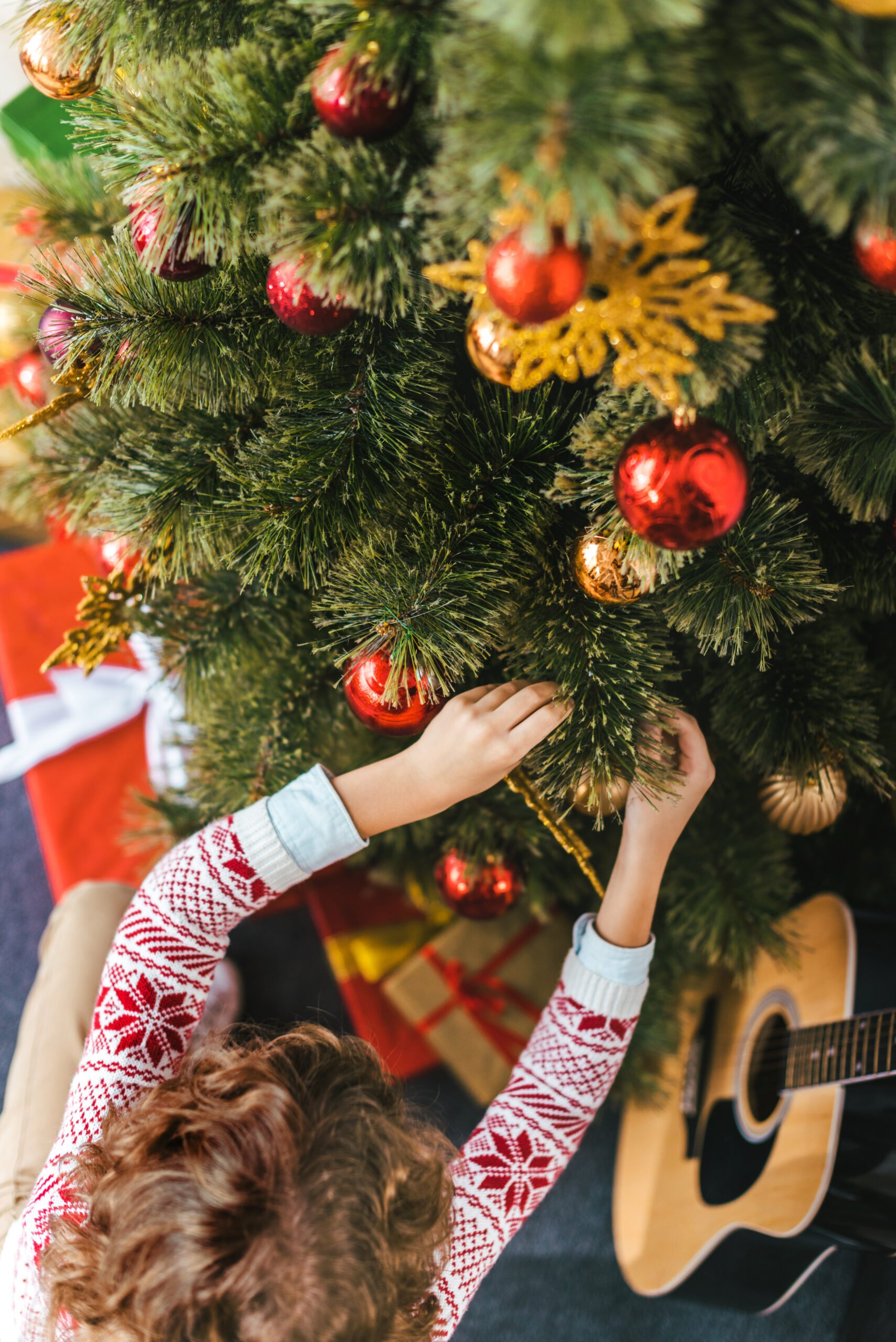
In conclusion, although Christmas has changed over time, the essence of togetherness, love, and goodwill has remained constant. It continues to be a season of joy, regardless of how the celebrations have evolved.
Until next time,

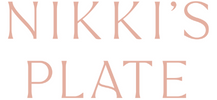




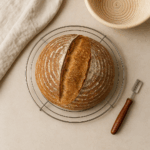
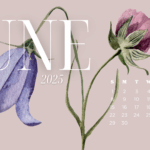


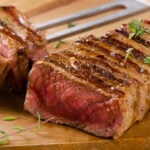




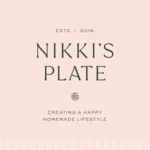


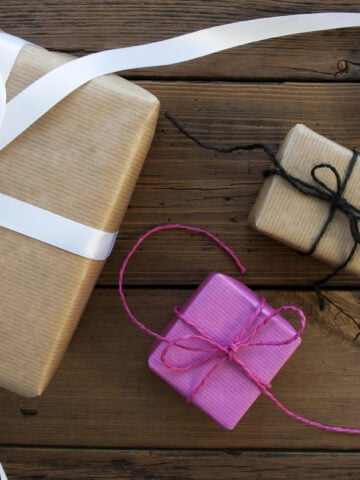
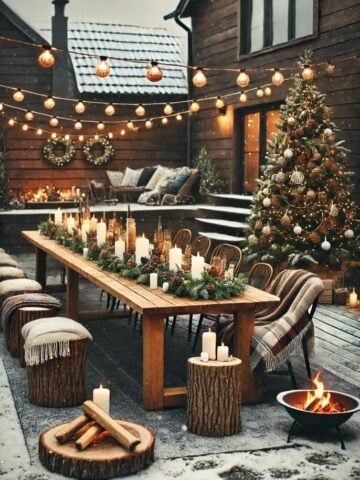
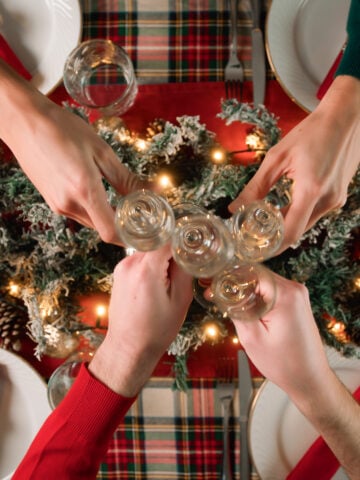

Leave a Reply